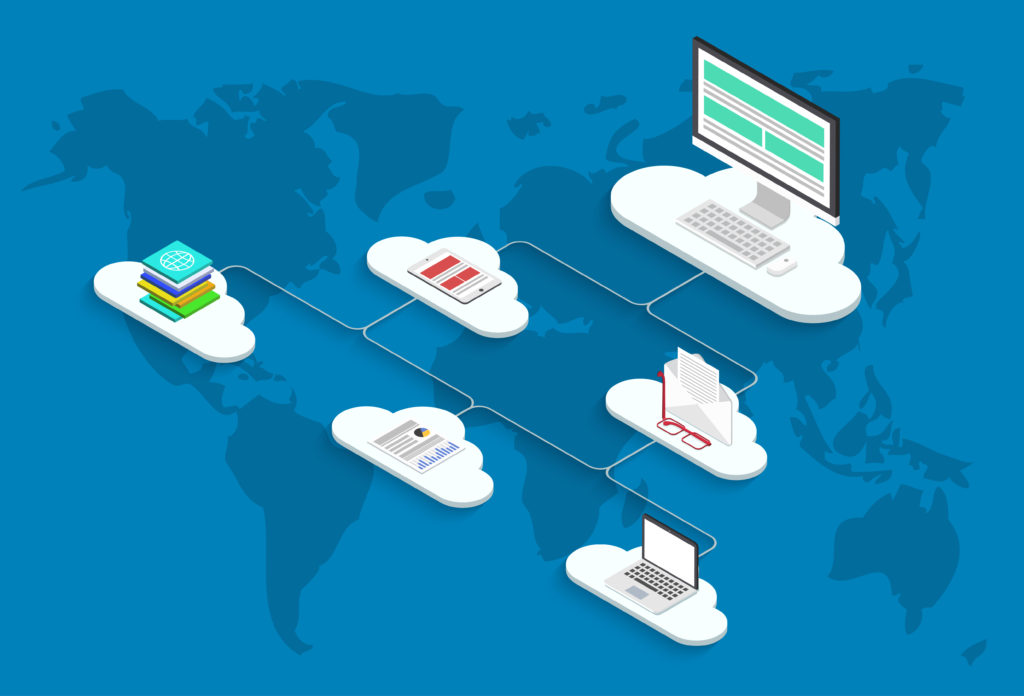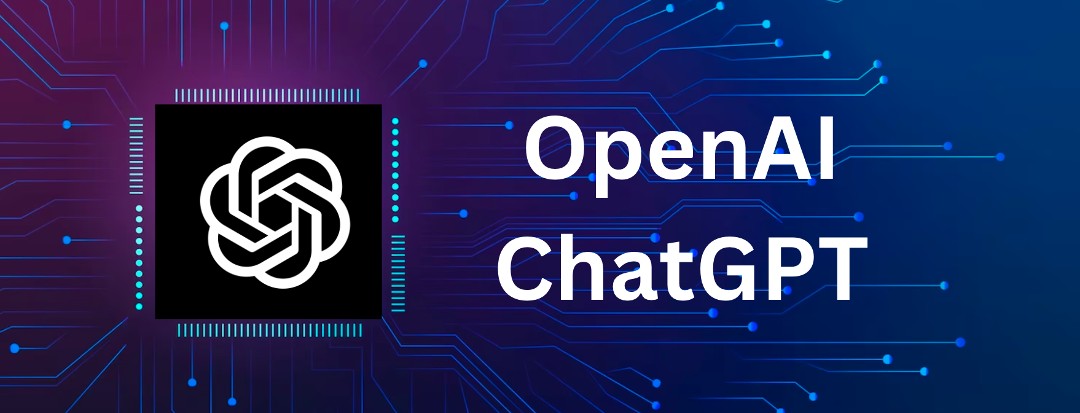The world is in the midst of large-scale digital disruption. Even as enterprises catch up with Artificial Intelligence and IoT, technologies such as AI Ops, multi-cloud and orchestration unleash fresh waves of disruption.
Any digital disruption forces a rethink on business models, distribution channels, and data models. In 2020, IT operations will have the following five shifts at the top of their minds.
DevOps
After lurking in the shadows for most of the decade, DevOps is finally getting its moment of glory under the sun. Gartner predicts 90% of top 100 global companies using DevOps to slash operational inefficiencies, by 2020. Stack Overflow’s 2019 Developer Survey lists DevOps specialists as top earners in IT.
Increasing competitive pressures force businesses to become hyper-efficient. The realization has finally struck IT that DevOps improve efficiency through collaboration.
DevOps is an agile approach to communication and collaboration between development and operations. It enables rapid software delivery through automated tooling, shared processes, and continuous integration. But DevOps is more an approach than a set of tools. The approach co-opts business teams in the development process, to minimise friction and enable agility.
DevOps promotes trust and accountability among software stakeholders. It accelerates the release velocity and leads to better digital experience products for customers.
Enterprise IT needs to:
- Balance the traditional and DevOps approach. Maintain traditional focus on reliability, resilience, and security. Co-opt DevOps side-by-side, for release velocity, continuous improvement, and customer-centricity.
- Hunt for DevOps talent and deploy the key tools required to enable DevOps. About 30% of IT roles involving emerging technology skills will remain unfilled through 2022. The skill shortage is especially rife in DevOps, cloud-native developers, and multi-cloud operators.
AIOps
AIOps is machine learning-powered event management. It offers a quantum jump over traditional incident management workflow.
IT now uses AI tools for pattern recognition, incident collaboration, and faster resolution. Come 2020, enterprises will put AI to higher uses. They will start using AI for proactive incident management. Proactive incident management is a big jump from the hitherto siloed and reactive approach.
Advanced AIOps tools
- Analyse and process events across monitoring tools, to suppress duplicate and noisy alerts.
- Leverage machine data intelligence to improve and speed up root cause analysis
- Send real-time, contextual alerts to service teams, to reduce service disruptions.
- Address routine incidents at scale using automated remediation
- improve accuracy. It spares the workforce from manual incident handling, root cause analysis, first response and other tasks
IT teams need to master AI Ops through competence in advanced statistical techniques. They need to develop the capability to combine data-driven insights with human intuition.
Multi-Cloud Management

The cloud ecosystem is fragmented. 89% of IT leaders use five different cloud providers, and each provider offers a multitude of services. AWS alone has 170+ unique services across 23 product categories.
Different cloud providers carve out niches in different areas. Enterprise chose providers who offer the best performance and cost for the specific business workload. Multi-cloud also pre-empts cloud lock-in. But managing such diverse and disparate cloud services is a Herculean task.
Smart IT teams :
- Deploy monitoring tools to keep control over the deployments. Amazon CloudWatch, Azure Monitor, and Google Stackdriver offer cloud-provider specific insights. Third-party options such as Prometheus/Graphite and Grafana offer insights from multi-cloud environments.
- Gain competencies to keep the multi-cloud deployments simple. The IT team has to pick and optimize the right instance type and size for workload requirements across thousands of cloud SKU instances. This is an ongoing task and requires trade-offs on architecture, demand, performance, resilience, and cost.
Consumption-based infrastructure models
Enterprises today may choose from several ready-made innovative infrastructure solutions. Dell Flex on Demand, HPE GreenLake, Cisco Open Pay and Lenovo TruScale are popular providers. They offer data centre resources with flexible payment models.
IT teams:
- convert capital expenditures to easy attributable and billable operational expenditure.
- access to the latest hardware without risking redundancy as soon as new technology comes to the fore.
- Track real-time usage
- Outsource management to a managed service provider.
But such options are costly. Enterprises now realize the importance of optimising cloud costs across instance types. They weigh the different models, such as on-demand, dedicated, spot, and reserved, based on price and necessity. Such evaluation is a complex exercise, requiring much competence and expertise.
The best enterprise IT teams learn from FinOps to make the right tradeoffs between cost, performance, and resilience. FinOps integrates cloud spending best practices, making cloud budgets better. It enables new procurement models, with accountability shared across IT, finance, and operations.
Orchestration Engines
Container orchestration engines such as Docker Swarm and Kubernetes have soared in popularity. These solutions offer high portability, super-fast release velocity, and good operational control. Enterprise IT teams may use these abstracted infrastructure solutions to run cloud-native services anywhere.
Smart IT teams:
- Leverage orchestration engines to build and scaling distributed applications. The orchestration engine offers a consistent management framework and allows enterprise IT teams to write once and run anywhere.
- Develop skill-sets in technology. Skill development has not kept pace with development in technology. The onus is on CIOs to invest in skills development initiatives to attract and keep talent. A mix of internal programs, hands-on learning, and external courses bridge the skills gap.
Increasing digitalization transforms the way enterprises build, deploy, manage, and maintain services. The coming years will see even more innovation. As competition intensifies, enterprises focus on delighting customers and becoming nimbler.











